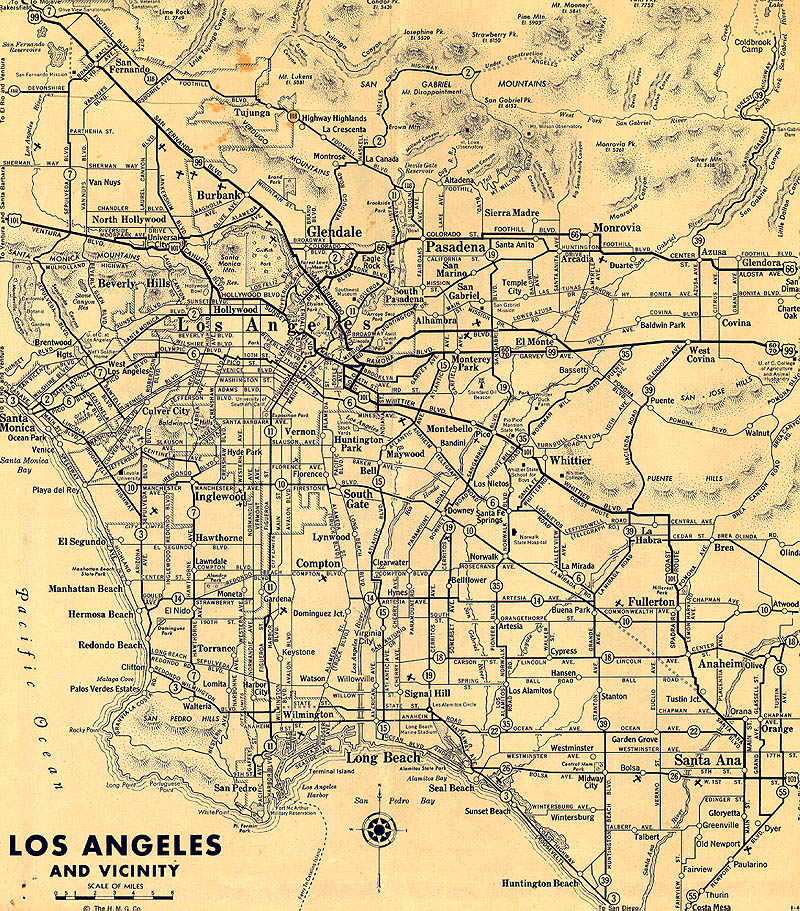
Global Cities in Cinema
Lectures (6)
Loading Accordion Items...The Overview
“Global Cities in Cinema” addresses the global in relationship to four cities―Berlin, Paris, Los Angeles, and Tokyo―and the films that represent them. Recent sociological discourses of the “Global City” propose that it is a contemporary phenomenon produced by heightened mobility – of capital, goods, and people across national borders – enabled by electronic technological advances and transportation technologies. The module takes a dual focus: on the one hand, on the global influences that shaped the cities, through such phenomena as modernist and postmodernist architecture and urban planning, and on the other hand, on the transnational exchanges in filmmaking that shapes the films themselves, in such categories as genres and cinematic conventions. Thus, the module uses cinematic representations of the “global city” as a cultural vantage point into a critical examination of globalization’s urban and architectural consequences in the twentieth and early twenty-first centuries. The class materials focus on how films have envisioned their urban transformation due to the global flows of capital, people, ideologies, and imageries throughout the twentieth and twenty-first centuries. The central question that drives this module is how films construct cultural narratives of globalization that intersect with urban and architectural histories. This module addresses how cinema depicts specific urban formations as a result of global phenomena, such as capitalism, colonialism, modernity, and migration.
The module discusses the notion of the global in five different contexts. One, the analysis of the global occurs on the level of filmic representation and asks: how do films represent the global on screen? In other words, how do films depict cities with signifiers that stand in for processes of globalization? The second level concerns film production. Several of the films are made by immigrants and global directors. How do migration and mobility of filmmakers affect the representation of cities? The third level of analysis relates to the transnational exchange and influence regarding cinematic aesthetics. Migration of filmmakers and the global circulation of films lead filmmakers to adopt genres, aesthetic modes, and narrative conventions globally. The module reflects this global exchange of cinematic conventions and genres across time and space. The fourth thematic context in which the global functions in this module concerns the architectural and urban planning of the cities, including the transnational influence and exchange of notions of modernity and postmodernity. Finally, one particular variation of the global appears in the tourist gaze in relationship to the four cities and their films under discussion.


